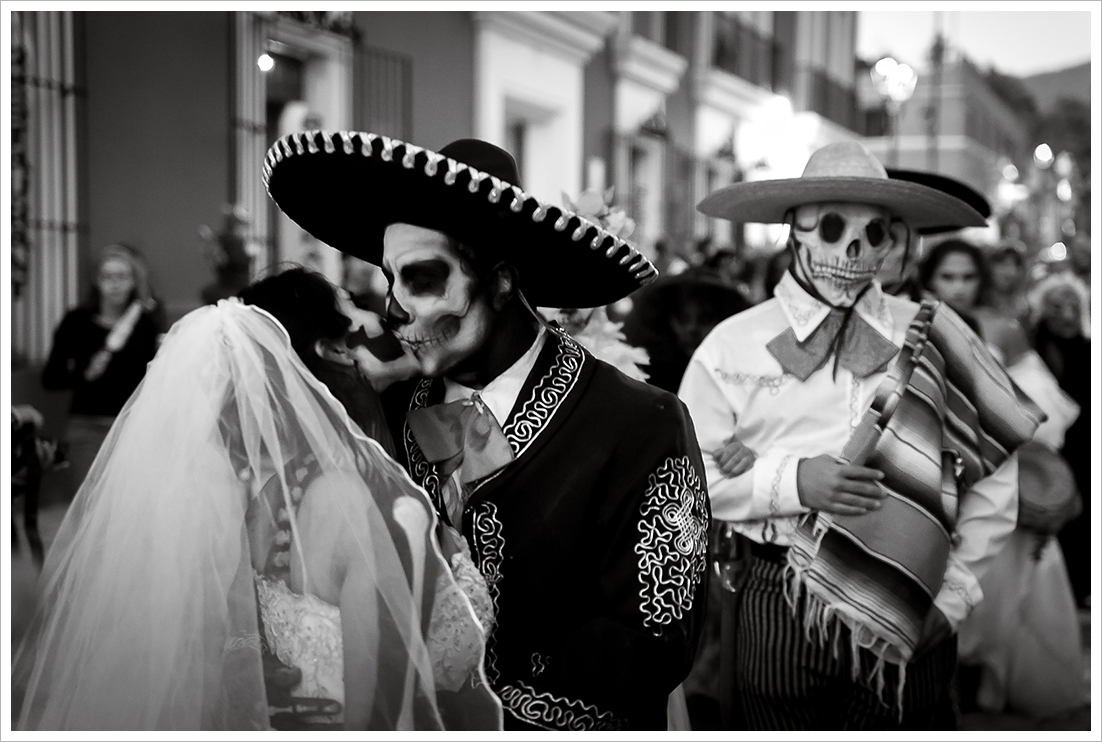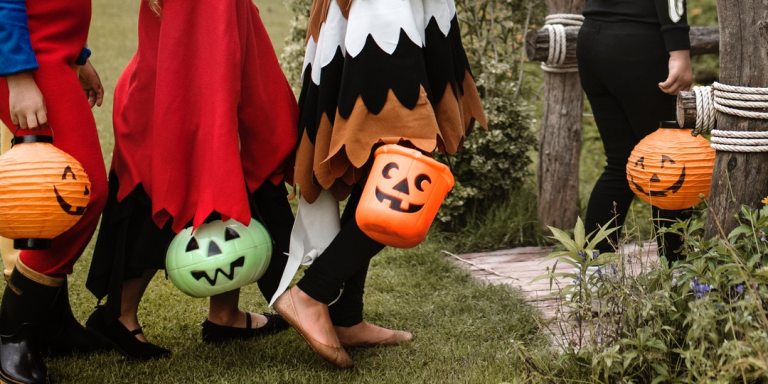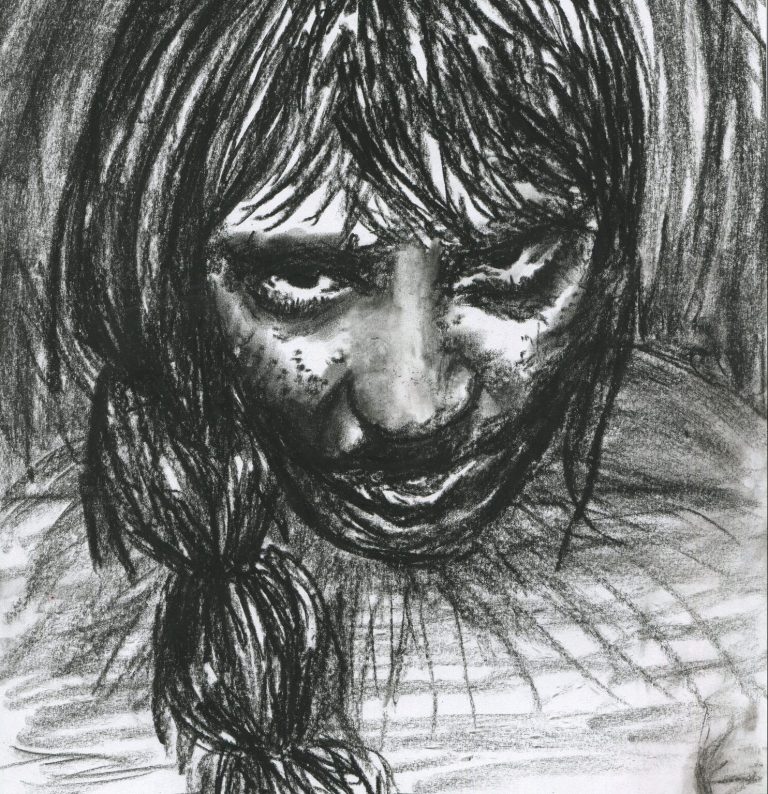
7 Little Known Facts About Día de Los Muertos (Day of the Dead) For Newbies
This year for the first time ever, Mexico held a Día de los Muertos (Day of the Dead ) parade.

This year for the first time ever, Mexico held a Día de los Muertos (Day of the Dead ) parade. That’s right James Bond groupies, don’t believe everything you see in the movies. The holiday is several thousand years old, and had been gaining in popularity in other areas of the world for centuries. Yet, the film, ‘Spectre’, put it on the radar of many people outside of Mexican culture for the first time. If you are thinking of celebrating this tradition, here are some insights you might want to consider:
1. Day of the Dead is not a nod to horror or fear
Don’t be fooled into thinking this by the stunning sugar skulls (calacas) and skeletons (calaveras) that are so abundant during the celebration. For an estimated 3,000 years, indigenous peoples from what is now the more south-central part of Mexico have taken time to visit graves, offer flowers and food and prayers for deceased loved ones. This community-centric folk tradition emerged as a way for celebrants to acknowledge that death is a natural step in the journey of life.
2. Día de los Muertos is not the Mexican version of Halloween
Mexicans observe these holidays on separate days. As such, costumes depicting traditional Día de los Muertos figures should not be worn for Halloween. If you decide to dress up as a popular Día de los Muertos character on the proper day, November 2, avoid sexualizing or making other western flourishes. Your actions could be deemed as cultural appropriation rather than the reverence or homage you might have intended.
3. Day of the Dead has historically been a reflective tradition, rather than one for revelry
Altars (ofrendas) are erected in homes and people visit and clean graves. Families bond over the rituals. Parties and debauchery, however, were not really a big thing for the Mexicans who observe. (Would you get drunk and lusty at your grandma’s grave site?) Hence, most likely, the non-existence of a parade for the holiday in Mexico until Hollywood decided to pretend there was one. We probably have a crafty tourism commissioner to thank for that.
4. Some aspects of the folk tradition may have originated as a century-old clapback from the impoverished masses against the Mexican aristocracy
For example, scholars speculate that one of the holiday’s most iconic figures, La Calvera Catrina, could represent the wife of a Mexican politician. La Calvera Catrina is depicted as a skeletal figure wearing luxurious clothing, usually a black hat and dress.
5. The celebration can be a two day affair
November 1, Día de los Inocentes (Day of the Innocents) is dedicated to the remembrance of babies and young children. Día de Los Muertos focuses on the adult relatives and friends who passed away.
6. Don’t confuse Día de los Muertos with All Saints Day
All Saints day, November 1, is more of a Catholic observance to remember Church recognized saints and martyrs. Día de los Muertos welcomes all the beloved departed souls, not just those the Pope approves, back into the community of the living for one day. You can find the practice to remember the dead across several continents. In fact, many predominantly Catholic countries, such as Spain, Italy, and other parts of Latin America also have a Day of the Dead.
7. Oh, yeah, sometimes those dazzling sugar skulls were created for artistic purposes only
Therefore, they are not edible for us the living. Ask before you munch. ![]()









